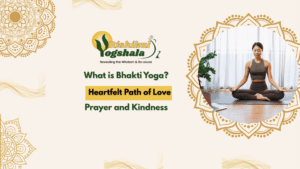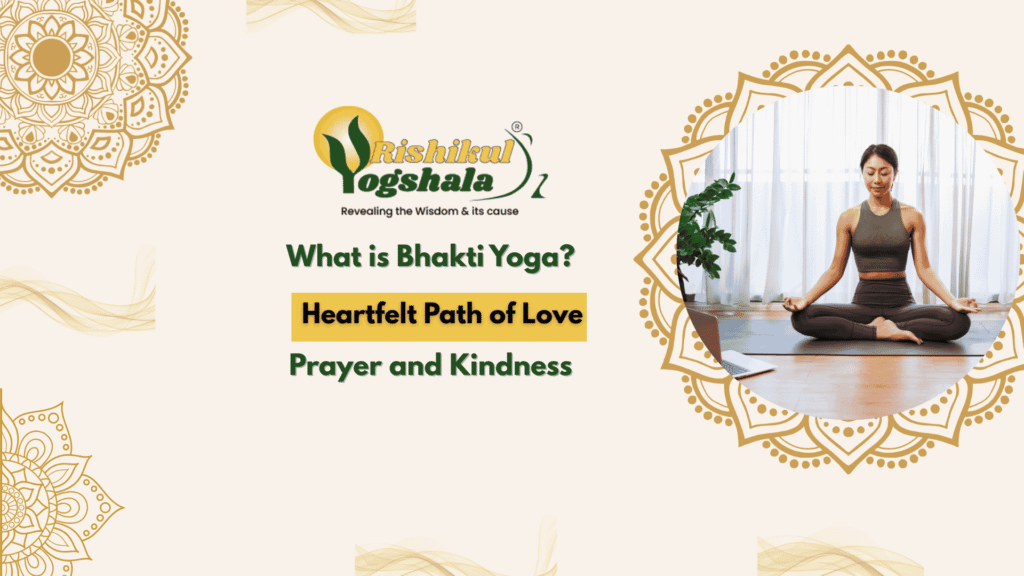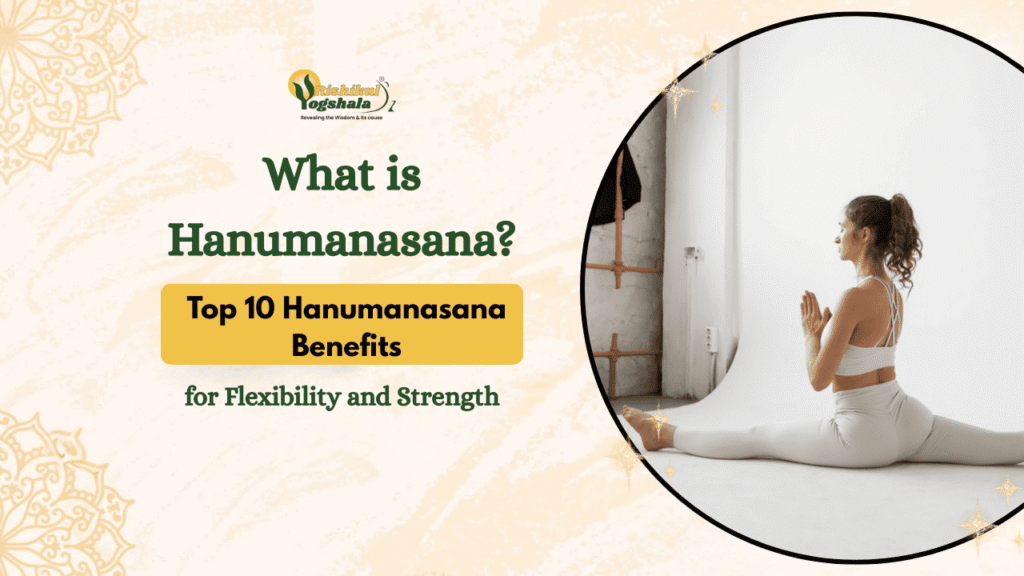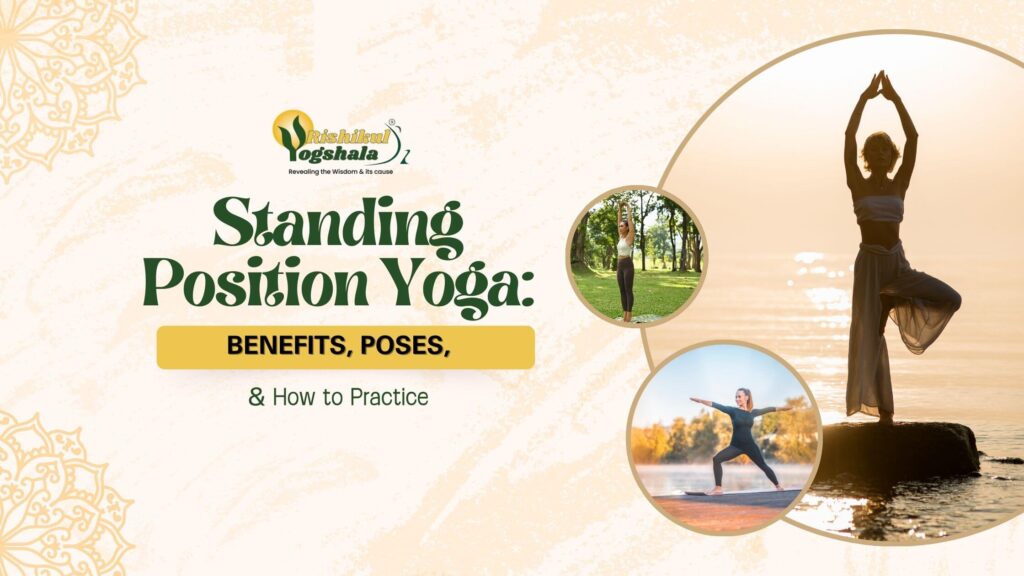The ‘Festival of Colours’ – Celebrating Holi
- Blog
- /
- Events and Celebrations
- /
- The ‘Festival of Colours’...

Celebrating Holi During Yoga Teacher Training in India
I was thrilled to learn that my yoga teacher training course in India would coincide with the vibrant festival of Holi. Holi, known as the ‘Festival of Colors,’ marks the end of winter and the arrival of spring, symbolizing a prayer for the abundance of the upcoming harvest. This festival is one of India’s most lively and popular celebrations, where people of all ages, castes, and statuses come together to throw and smear colored powders and water on each other. The streets are filled with joyful laughter and colorful scenes as barriers break down, creating a sense of unity and festivity.
During Holi, shops, schools, and offices are closed to allow everyone to partake in the celebrations. At our yoga center, classes are suspended, and excitement fills the air. Teachers, staff, and students adorn old clothes, preparing to get drenched and stained in the vibrant colors. To protect our skin and hair from staining, we rub coconut oil over ourselves, though we don’t expect much success in saving our clothes!
The origins of Holi are rooted in Hinduism and commemorate the victory of good over evil through the burning of the demon ‘Holika’ on the last full moon of the month. People of all faiths come together to enjoy the festival, singing, dancing, and engaging in playful battles with colored powders and water. Children revel in filling water balloons and playfully targeting passersby, while groups of older women known as ‘tolis’ spread their greetings and colors.
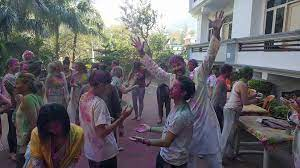
On the eve of Holi, known as ‘Holika Dehan,’ bonfires are lit, and people gather to roast local produce, giving thanks to Agni, the God of Fire. The ash from the bonfire is considered sacred and is applied to the forehead for protection from evil forces.
We visit the local market to buy colors and water guns, with small packets of powder available in various colors like red, yellow, green, orange, and purple. On the morning of Holi, children wake us up with their enthusiastic shouts and colorful antics, drenching everyone in water and paint. At the school, we join in the fun, throwing water and colored powders, creating a riot of colors. By 10 a.m., everyone is covered in vibrant hues, laughing, singing, and dancing.
As the day progresses, we move to another gathering where loud music and joyful shouts of ‘Happy Holi’ continue. The celebration persists until 3 p.m., when we are exhausted but filled with love and laughter. Afterward, we take much-needed showers, turning the bathroom into a canvas of colors as we scrub away the remnants of the festival. Despite our efforts, my hair retains a blend of red and purple that will take several washes to remove!
Holi is a celebration that transcends societal barriers
Holi is a celebration that transcends societal barriers, fostering unity and turning enemies into friends. It brings together people from all communities, religions, and backgrounds to strengthen the spirit of togetherness. The colorful festivities are a vivid reminder of the diversity and unity within India. My experience of Holi was one of the most inclusive and memorable highlights of my time in India.

Conclusion
Experiencing Holi while participating in a yoga teacher training course in India provided a unique and enriching cultural immersion. The festival’s vibrant colors and joyous atmosphere offered a powerful reminder of the unity and diversity that define Indian culture. Whether you’re drawn to the transformative journey of yoga or the lively celebration of Holi, India’s rich traditions offer something for everyone. To explore the intersection of yoga and cultural experiences, consider Rishikul Yogshala’s 200 Hour Yoga Teacher Training in Kerala, 300 Hour Yoga Teacher Training in Kerala, or 500 Hour Yoga Teacher Training in Kerala. Additionally, rejuvenate with an Ayurveda Retreat in Kerala or a Yoga Retreat in Kerala to deepen your practice and fully engage with the vibrant cultural tapestry of India.

